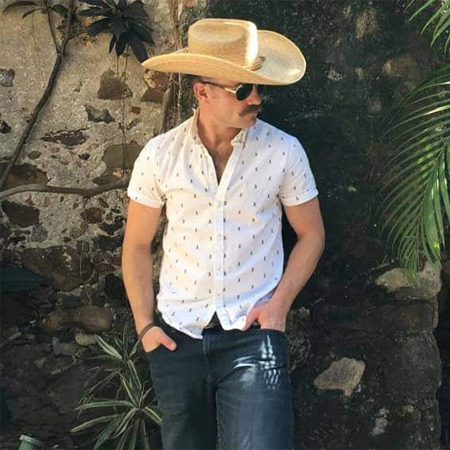I was dropping potatoes into long furrows I carved with our tractor when an old, rusty pickup drove slowly past my farm and stopped on the side of the road. When the driver beckoned, I reluctantly made my way over to see what the old guy wanted.
In a thick German accent, he told me that in the old country his grandmother’s generation was required to grow potatoes for two years on any new farmland they acquired. I suddenly became interested.
“Why?” I inquired.
“Well, potatoes help condition the land,” he explained. “They break up hard soils and crops that follow potatoes grow good.”
Interestingly, these ideas weren’t foreign to us. We had learned this almost by accident, but it was good to hear them confirmed by this old-timer.
With our no-till system, we source organic mulch as cheaply as possible. For us, woodchips are the answer. But growing annual vegetables like lettuce, peas, cabbage, and onions in this coarse material, even when mixed with finer compost, usually gives poor results.

Crops that are directly sown into woodchips germinate poorly and an imbalance of nutrients across the grow bed results in poor uniformity and stunted growth. The essential minerals and nutrients necessary for plant growth are present, but they’re not plant accessible.
Our first task in new no-till gardens is to build up the community of life in the soil. We need to recruit the organisms responsible for breaking down complex molecules into smaller bits and making these nutrients available to plant roots for easy absorption.
It’s these less-than-ideal results in the early days of no-till growing that frustrate new gardeners experimenting with the no-dig system. Some are quick to condemn no-till based on less than a one-year trial. I’m always reminding new growers to be patient. No-till in your second and third year really begins to pay off.

One way to avoid disappointment is to take the advice of the old-timer and grow potatoes as your introductory crop. We’ve experienced incredible yields on potatoes grown in our new plots and subsequent plantings of vegetables perform exceptionally well.
Our process of transitioning pastureland or tilled gardens to no-till production is quite straight forward. After removing all perennial weeds, we simply lay potato seed on the existing soil and cover immediately with six inches to a foot of woodchips mixed with compost.
When the potatoes emerge and show around four inches of growth, we mound them. After mounding, to prevent burning the leaves, we apply a generous amount of nitrogen-rich compost. I prefer well composted chicken or turkey manures. When the potato stems and leaves emerge a second time, they’re vibrant green.
We usually get enough spring rain to get the potatoes started and I seldom water through the summer. Mulch, you’ll discover, retains moisture incredibly well.
My brother, an irrigation specialist, is confounded when he sees how well our potatoes do without irrigation. It’s the fungi, I explain. They work in association with plant roots. The plants trade liquid carbon produced through photosynthesis for moisture and nutrients provided by specialized fungi.
Fungi also protect the plant from disease and pests and produce glues that bind minerals and soil particles together giving soils their crumbly structure. They break down the tough lignin in the woodchips that we’re eagerly trying to convert into rich loamy soil and provide an excellent food source for other soil food web members.
Remember, our goal in growing potatoes is more than providing our families with a healthy organic food source. We’re trying to build fertile, healthy soils that are teeming with life.

Once you understand the basics of the soil food web, you’ll strongly condemn fungicides in the production of potatoes or any other food crops. Fungicides don’t just kill the target species. Their collateral damage is extensive impacting organisms that feed on fungi and killing off the mycorrhizal fungi potatoes need to thrive. A weakened plant immunity introduces new pests below soil and on the canopy of the plant. For non-organic growers, this necessitates further application of pesticides and the use of synthetic fertilizers.
We often harvest our potatoes before the skins harden so that we have time to grow another crop before winter. These are sold as fresh, new potatoes. After potatoes, try growing from transplant winter cabbage, broccoli, cauliflower, lettuce and endive. If the soil is fine enough to receive a seed, we’ll often follow with beets or beans.

If you let some of your potatoes reach full maturity and don’t harvest until September, consider following with garlic or a winter cover crop. We like to apply a thin layer of nitrogen rich compost after harvesting and before introducing the new crop.
Organisms engaged in breaking down the carbon-rich woodchips require lots of nitrogen to build up their body mass. We find that these frequent, liberal applications of compost are only necessary for the first and second year of no-till growing.
Growing potatoes in the first year of no-till gardening will reduce your stress level immensely. They’ll provide you with a rich food source and improve your soil at the same time. The old guys sometimes do know best.








